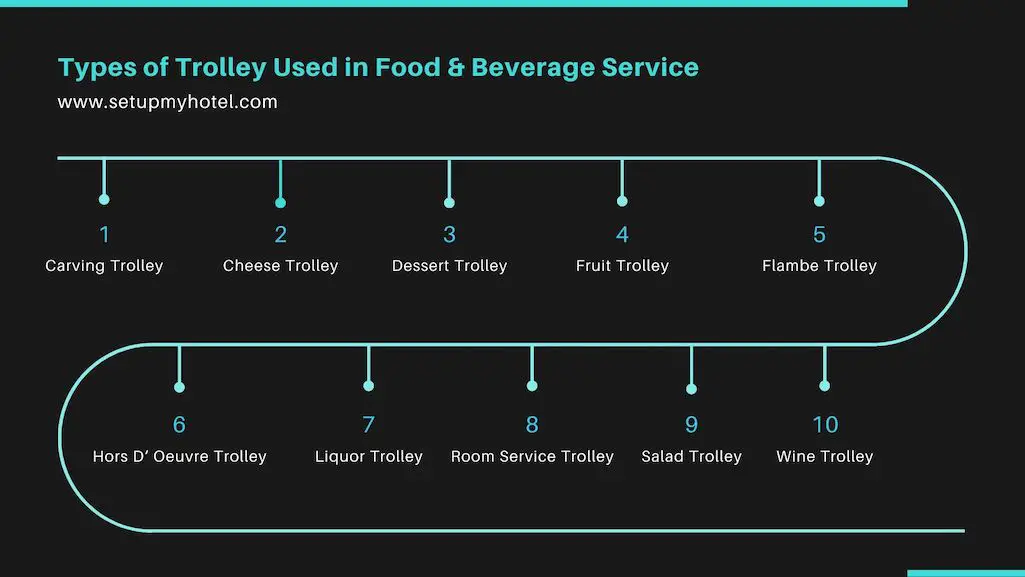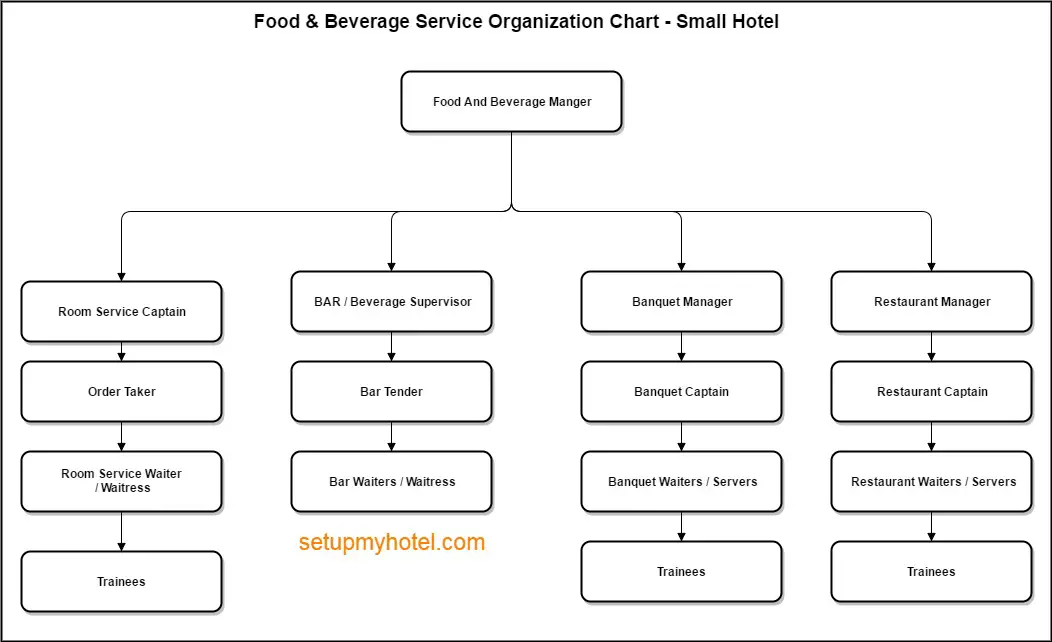Key Terms F&B Or Jargon’s Used In Food & Beverage Service
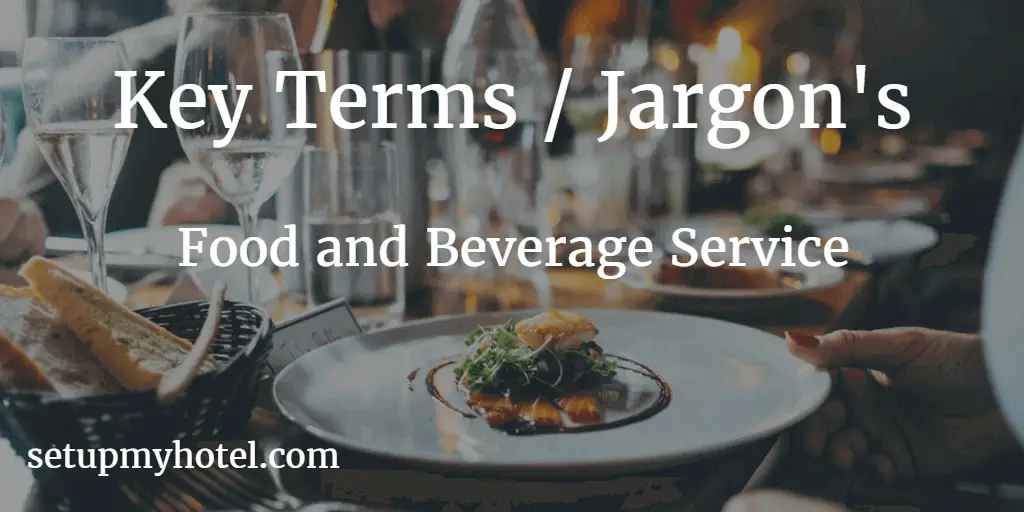
Key terms or Jargon used in Food and Beverage Service In the world of food and beverage service, there are ...
Read more
Room Service / In-Room Dining Department Layout Or Design
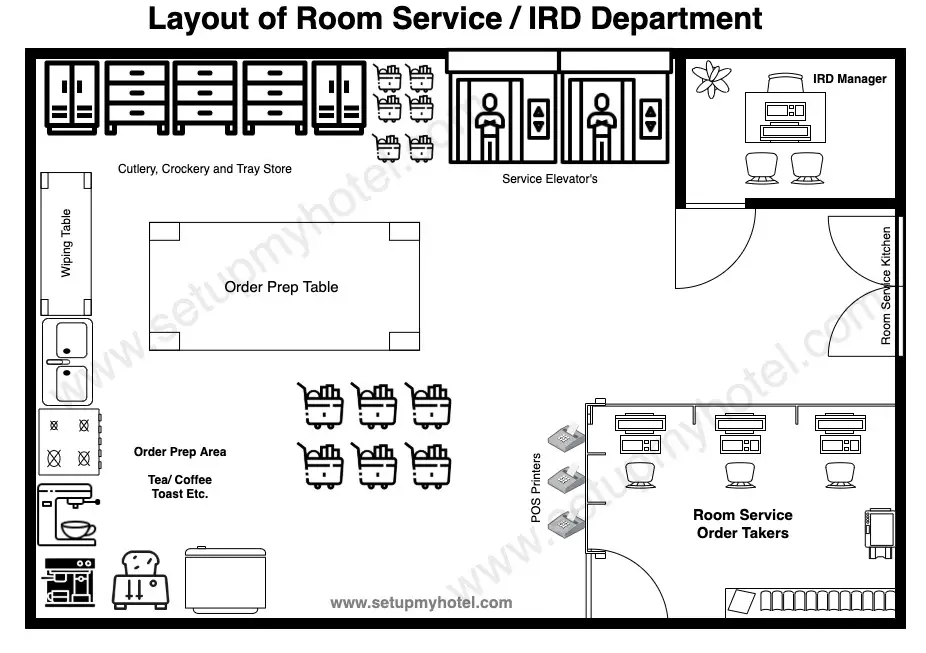
Standard Layout of Room Service / In-Room Dining (IRD) The layout of a hotel room service department can vary depending ...
Read more
Types Of Spoons And Knives Used For Food & Beverage (F&B) Service
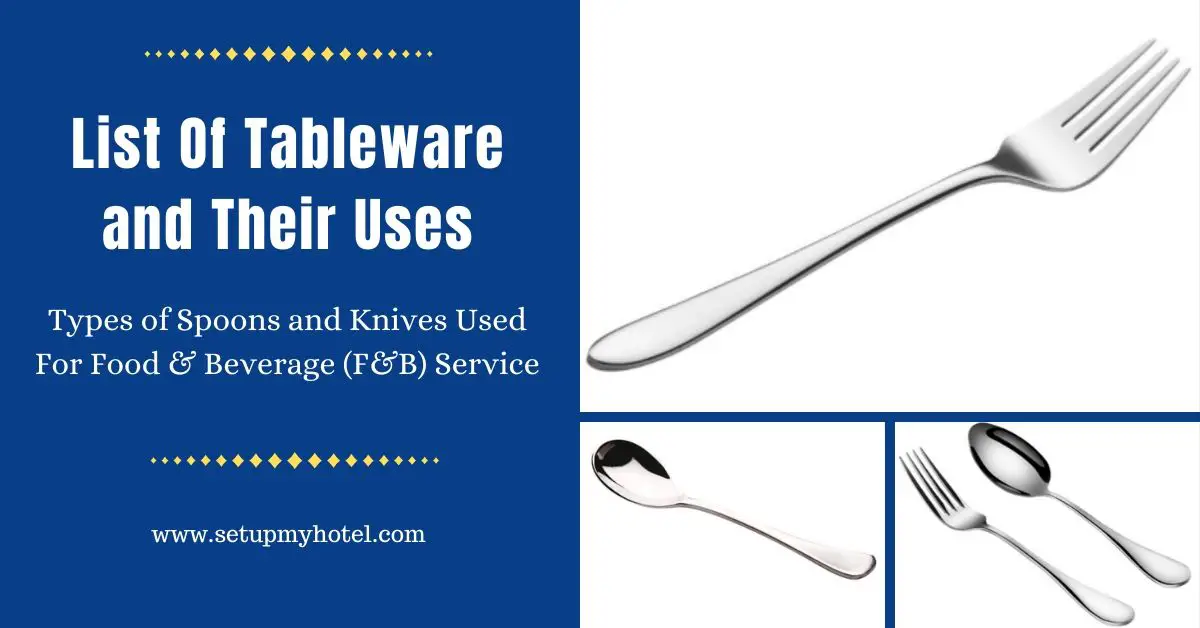
Different Types of Spoons and Forks Used in Food and Beverage Services In the food and beverage industry, there are ...
Read more
Defining Reservation Policies In Restaurants | Coffee Shops (F&B) – Hotels | Resorts
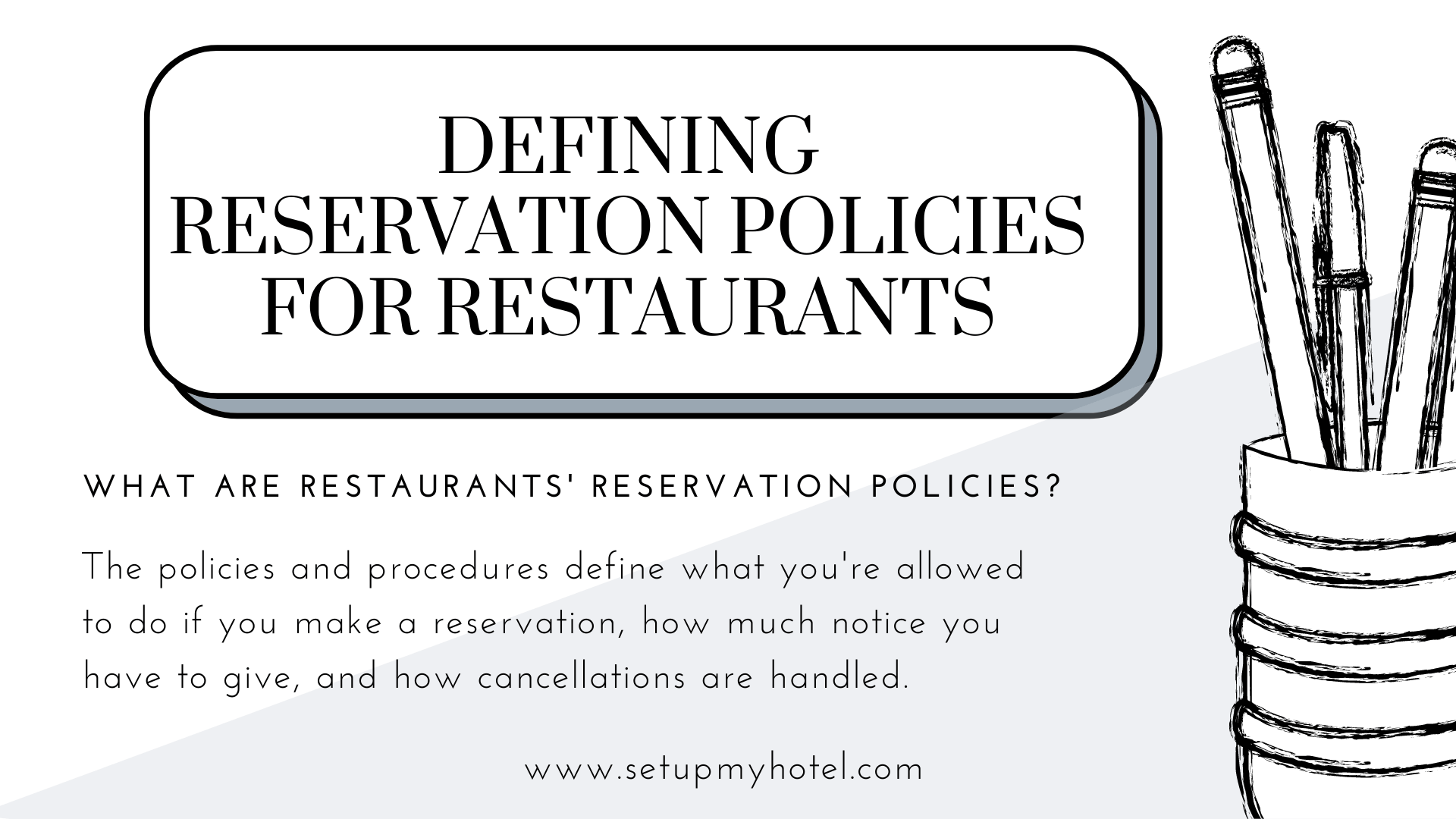
Defining Reservation Policies in Restaurants | Coffee Shops Introduction: What are hotel restaurants’ reservation policies? Many hotels have a “reservation ...
Read more
Five Step Process In Restaurant Revenue Management Approach
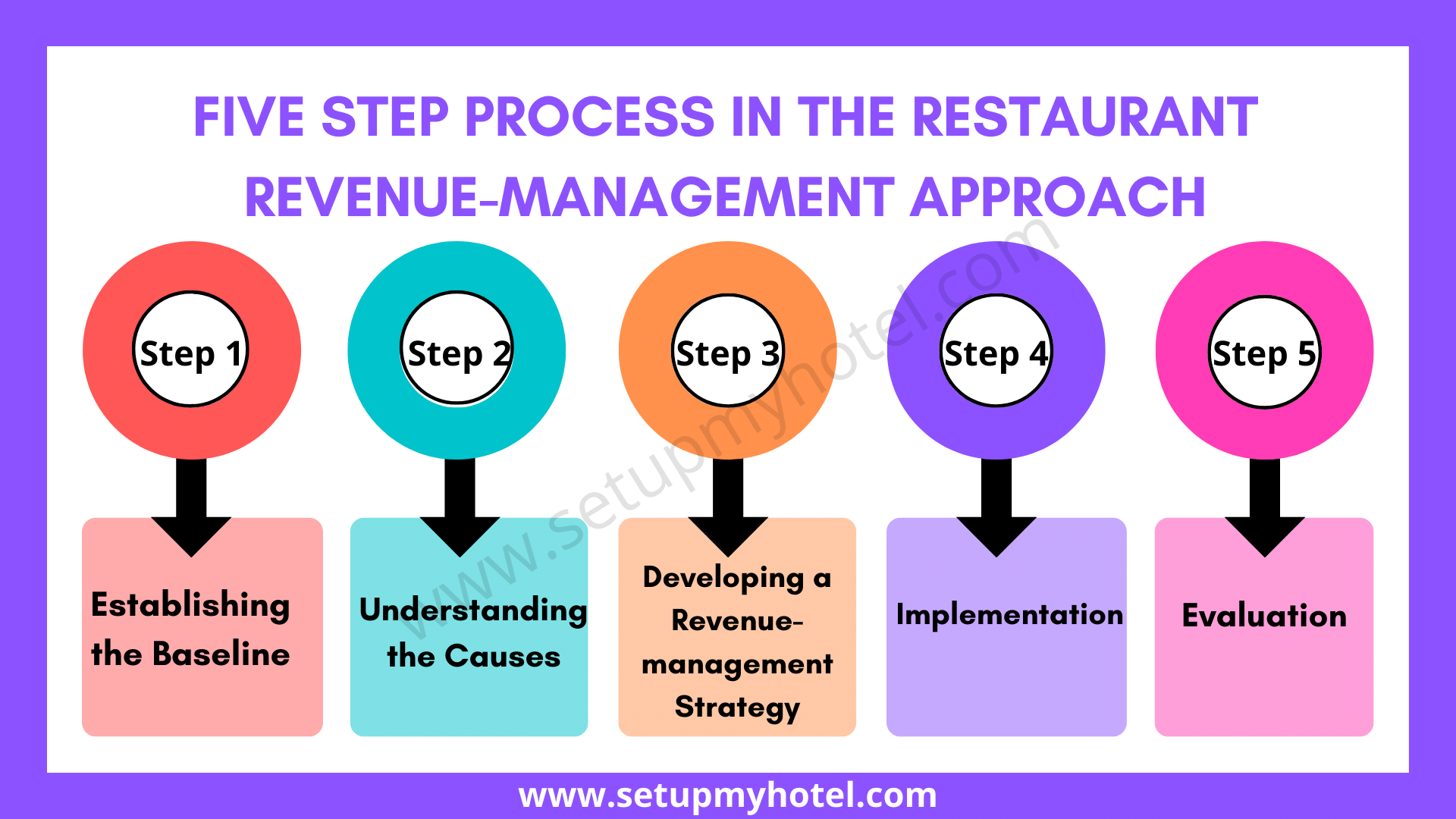
Five-Step Process In Revenue – Management Approach The five-step process outlined above was used to develop a revenue management strategy ...
Read more
The Main Factors Of Restaurant Revenue Management
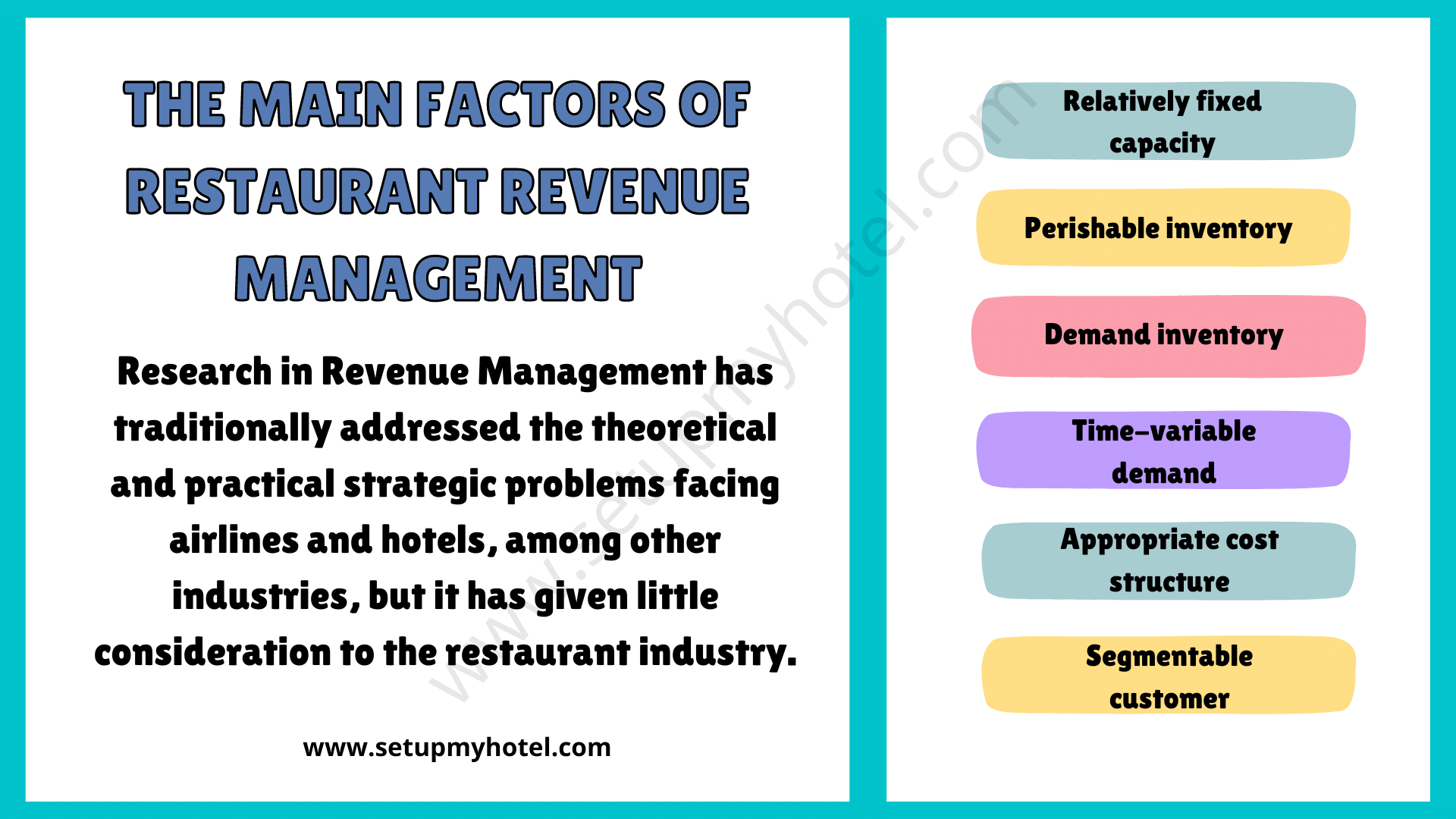
The Main Factors Of Restaurant Revenue Management Restaurant revenue management involves a strategic approach to pricing, marketing, and operations to ...
Read more
The Sequence Of Service In Restaurant (Stages Of Food Service)

The Sequence Of Service In Restaurant The sequence of service in a restaurant is a crucial aspect of providing a ...
Read more
Room Service Waiter – Waitress / In Room Dining (IRD) Server – Job Description
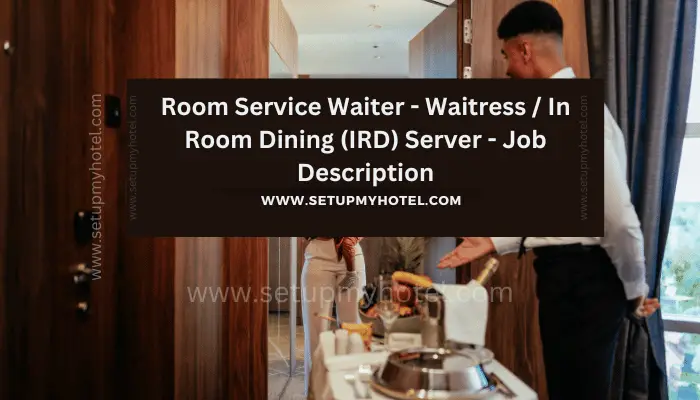
Job Description, Duties, Interview Questions and Salary for Room Service Waiter / Waitress The role of a Room Service Order ...
Read more
